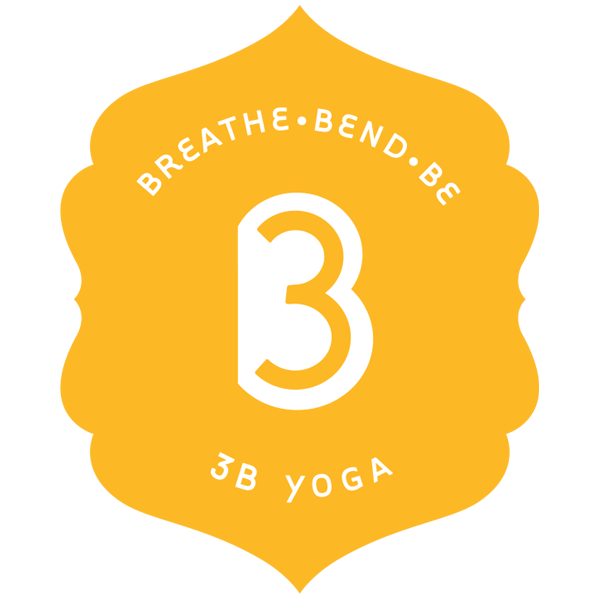Finding Rhythm & Flow Using the Vinyasa Count
Take a learning break with us and explore where Ashtanga Yoga comes from and what it means when you hear your teacher say, “Take a vinyasa.” Our Mysore instructor (and part-owner of 3B Yoga), Monica, gives more insight into how to work with the breath and counting system to create a rhythm to your yoga practice both on the mat and off.
The meaning of Ashtanga yoga is literally “8 limbs yoga”
The limbs include what we think of as yoga, the physical act of taking postures also known as asana, meditation, observances and practices on how to treat others and ourselves, and breathing techniques. The physical practice of specific postures were developed by Sri K. Pattabhi Jois* and his teacher Krishnamacharya and are known as sequences (a specific line up of postures). Within these sequences are what is known as Vinyasa’s.
What is a Vinyasa? The word is a combination of 2 words, Nyasa “to place” and Vi “in a special way”. Vinyasa can be thought of as the movements that take us from one posture to another. And a very familiar vinyasa is Surya Namaskara, Sun Salute, of which there are many kinds, which links specific postures (asanas) with specific breath. Typically, unless otherwise suggested by your teacher, expansive or upward movements are paired with an inhalation and compressive or downward movements are paired with an exhale. Through these special or specific movements with a specific breath, we open not only the physical body but the flow of prana or life-force.
“When this marriage (breath and movement) is successfully achieved, the action becomes one of spirit and the physical practice acts as a conduit for a deeper exploration of our core identity.”-David Swenson
The physical practice is sometimes known as Ashtanga Vinyasa Yoga, a term to describe the practice of the Primary Series as well as other sequences developed by Ashtanga Yoga practitioners. The traditional Ashtanga sequences (Primary series, Intermediate or second series, etc.,) are counted based on the Vinyasa. For instance, Sun Salutation A has 9 Vinyasa and Sun Salutation B has 17; each asana is paired with a specific breath. It is important to distinguish that the time spent in a specific posture is not the vinyasa, rather, the vinyasa is the path(way) paired with a breath to the posture.
This style of yoga is often described as a flow;
it creates heat needed for the body to take postures safely, however, this is a mere description of the gross or outward expression of the vinyasa practice. Vinyasa yoga creates a rhythm, not just externally but internally, which in turn slows the thoughts that often swirl around in the mind. Because of the combination of movement with breath, we are able to connect with ourselves in a more internal way. It also has the ability to create what can feel like a journey. By initiating movement with breath we take each step with awareness as well as releasing what is behind us.
*In no way do we support the alleged abuse by Sri K. Pattabhi Jois. We only mention him to give context to where the practice sequences, in reference to lineage, come from. We will always stand with the victims of abuse and do not and will not tolerate such actions.

